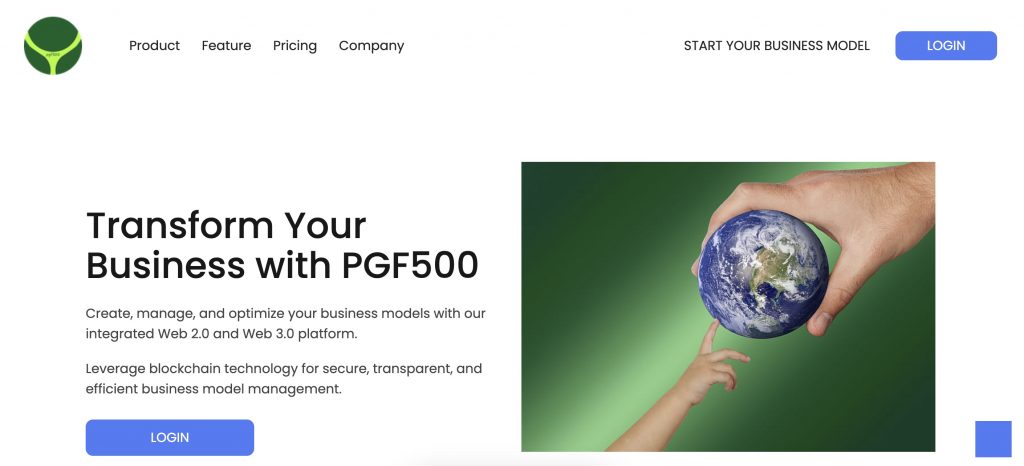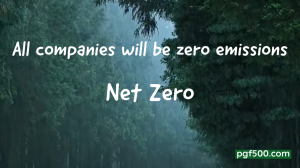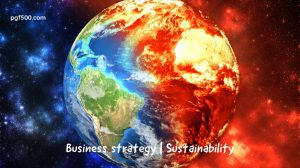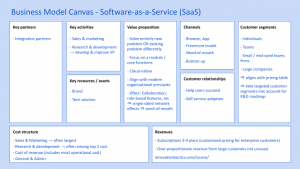We updated the UX, created new services, increased Web3 and AI.
Business Models, Web3 & Blockchain, AI, Net Zero.
Enjoy 📈
pgf500x.com
.

—-

Bloggin internal news
We updated the UX, created new services, increased Web3 and AI.
Business Models, Web3 & Blockchain, AI, Net Zero.
Enjoy 📈
pgf500x.com
.

—-
.
.

.
.
.
.
.
.
.

.
.
.
.
.
.
—
.

.
.
.
.

.
.
.
.
.
.
.

.
.
.
Part 2: SaaS Business Model Canvas
.
—
.

.
.
.
.

.
.
.
.
.
.
.

.
.
.
Part 2: SaaS Business Model Canvas
.
—
.

.
.